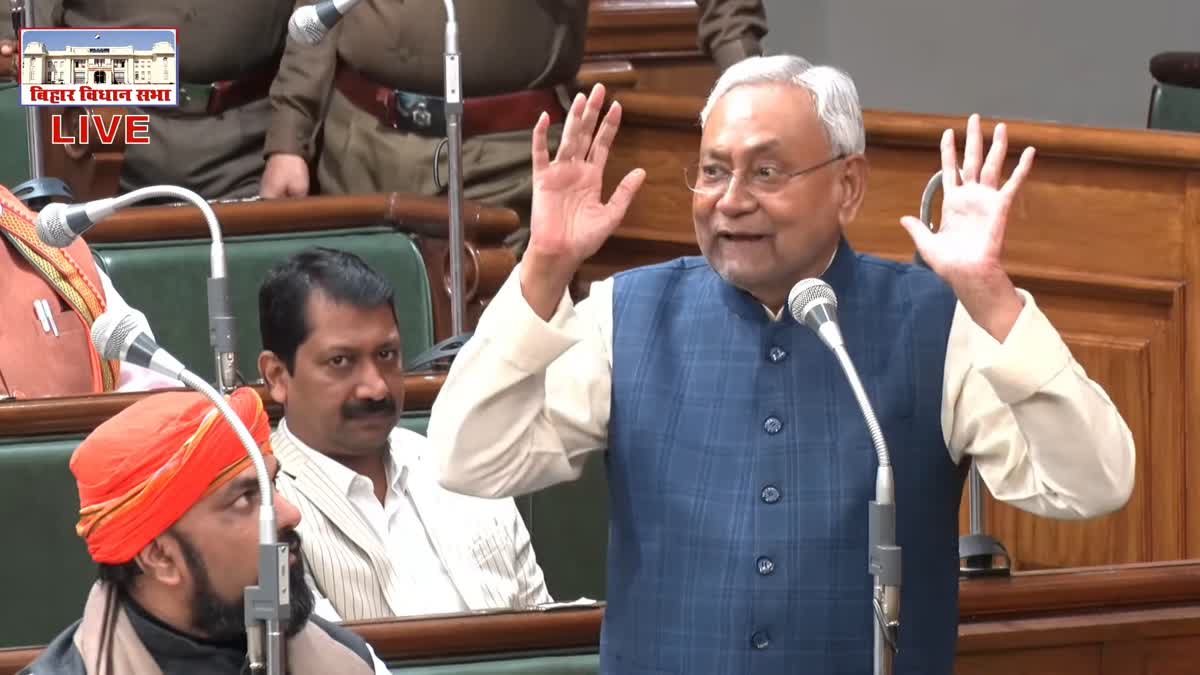Floor test is the current flavour of the day. In Jharkhand, after the change of guard, the same coalition is back to power under a new leader. In Bihar, on the other hand, the same leader is back in power but with a new combination of followers. In both cases, the leaders have been able to prove their majority under the new dispensation.
In Jharkhand, the Chief Minister, Hemant Soren, resigned on January 31, 2024, upon being arrested by the Enforcement Directorate. The ruling coalition thereafter chose Champai Soren as their leader and submitted a letter to the Governor stating their claim to form the government with Champai as the Chief Minister.
After some suspense, the Governor gave his nod and invited Champai to form the government. After these dramatic developments, on 5 February 2024 the new Champai Soren government won the trust vote on the floor of the Jharkhand legislative assembly with 47 votes to 29. Before the voting, the Governor addressed the 14th session of the fifth Jharkhand legislative assembly and a debate on the motion of confidence was held.
There were similar developments in Bihar. The Nitish Kumar government, with JD(U) and RJD combination of ruling parties, resigned on 28 January 2024 but he was once again sworn in as the Chief Minister with a new coalition partner, namely Bharatiya Janata Party. However this time the trust vote or the ‘floor test’ as it is called was preceded by a no-confidence motion against the Speaker who refused to step down from his post until the assembly session began on February 12, 2024, when Nitish Kumar was set to face the floor test.
According to the first provision to Article 179 (c) of the Constitution of India, a no-confidence motion against the Speaker can be moved only after giving a notice of at least 14 days. Since the no-confidence motion was given on January 28 by BJP leader Nand Kishore Yadav, the assembly session was convened on February 12 in order to meet this requirement.
In August 2022, BJP leader Vijay Kumar Sinha, now deputy Chief Minister in the new government, had similarly refused to resign when Nitish Kumar snapped ties with the BJP and formed the government with the RJD, the Congress and the left allies. Later, to avoid the no-confidence vote, Mr Sinha had resigned. In any case, according to article 181 (1), the Speaker against whom a no-confidence motion has been moved cannot preside over the proceedings of the House when the said motion is taken up for consideration.
Proceeding on February 12, 2024, began with the governor’s customary address in the new year/budget session to the members of both the houses of Bihar Legislature assembled together. Thereafter when the Bihar legislative assembly met separately the first item on the agenda was the motion of no-confidence against the Speaker, Awadh Bihari Choudhary, with Deputy Speaker, Maheshwar Hazari, presiding. The Speaker was removed with 125 MLAs voting in favour of the resolution and 112 opposing it. The Chief Minister, Nitish Kumar, then moved the motion seeking a trust vote for the new NDA government. The motion was passed 129-0 through a voice vote after the opposition staged a walkout.
Earlier in similar situations or impasse when the governors were required to exercise their somewhat arbitrary discretion in choosing a leader who had a majority to run the government, various devices were adopted. Sometimes the aspiring candidate submitted a signed list of his supporters to convince the governor to invite him to take over the reins. At other times the governor sought the supporting MLAs to be paraded before him at the Raj Bhawan. It did not always work and soon after the swearing in a no-confidence was often moved by the opposition leading to the fall of the government and the exercise began all over again.
What then is the doctrine of floor test and how did it get going? The genesis of the floor test may be attributed to the judgment of the Supreme Court in the case of S. R. Bommai vs Union of India (1994). S. R. Bommai was the Chief Minister of Karnataka between August 13, 1988 and April 21, 1989. The President of India on April 21, 1989, dismissed S. R. Bommai's government under article 356 on the ground that it had lost the majority following large-scale defections and imposed President’s rule in the State of Karnataka. S. R. Bommai sought an opportunity to test his majority in the assembly, but the then Governor of Karnataka refused. There were other cases of dismissal of state governments and dissolution of legislative assemblies subsequently in Nagaland, Meghalaya, Rajasthan, Madhya Pradesh and Himachal Pradesh.
Against the backdrop of arbitrary dismissal of state governments and imposition of President’s rule as well as cases of hung assemblies when parties scrambled to form the government, a nine-judge bench of the Supreme Court (S. R. Bommai case) held that the floor of the assembly was the only forum to test the majority and not the subjective opinion of the governor. Hence the term ‘floor test’.
(Disclaimer: The opinions expressed here are those of the author)
